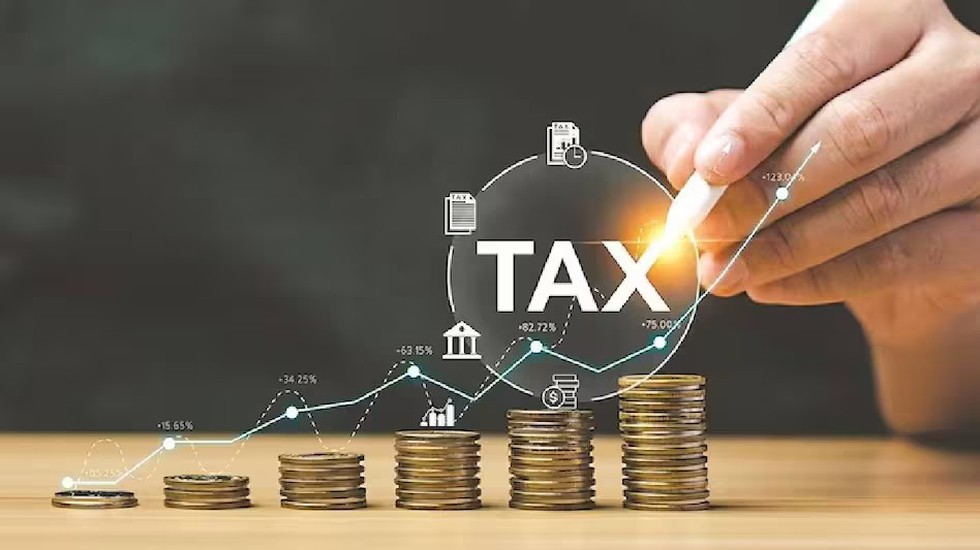The e-Dispute Resolution Scheme (e-DRS) was introduced under section 245MA of the Income-tax Act, 1961, by the Central Board of Direct Taxes (CBDT) to reduce litigation and provide relief to eligible taxpayers. The scheme allows taxpayers to electronically file an application for dispute resolution to a designated Dispute Resolution Committee (DRC) based on their jurisdiction.
Key Features of the e-Dispute Resolution Scheme
Eligibility Criteria
- The taxpayer must meet the specific conditions outlined in section 245MA of the Income-tax Act, 1961.
- The application must be filed electronically through the designated DRC for the region of the Principal Chief Commissioner of Income-tax (Pr. CCIT) overseeing the taxpayer.
- DRCs have been constituted in all 18 Pr. CCIT regions across India.
Applicable Orders
- Taxpayers can opt for e-Dispute Resolution against a ‘specified order’ as defined in clause (b) of the Explanation to section 245MA of the Act.
- The specified order must meet the following conditions:
- The aggregate sum of variations proposed or made should not exceed Rs. 10 lakh.
- The returned income for the relevant assessment year should not exceed Rs. 50 lakh.
- The order should not be based on searches/surveys or information received under agreements referred to in sections 90 or 90A of the Act.
Modification and Relief by DRC
- The DRC may modify the variations in the specified order and grant reduction/waiver of penalty and prosecution according to rule 44DAC of the Income-tax Rules, 1962.
- The DRC is required to pass its order within six months from the end of the month in which the application for dispute resolution is admitted.
Filing Application for e-Dispute Resolution
Form and Timeline
- The application for e-DRS must be filed in Form No. 34BC, as referred to in rule 44DAB of the Income-tax Rules, 1962.
- The application should be submitted within one month from the date of receipt of the specified order.
- If an appeal is already filed and pending before the Commissioner of Income-tax (Appeals), the application must be submitted on or before 30th September 2024.
- For specified orders passed on or before 31st August 2024, where the time for filing an appeal has not lapsed, the application can be filed on or before 30th September 2024.
Accessing the e-DRS Module
- Taxpayers can access the e-DRS module by logging into the income tax portal: https://eportal.incometax.gov.in.
- Steps to file the application:
- Login using PAN/TAN as the user ID.
- Navigate to Dashboard -> e-File -> Income Tax Forms -> File Income Tax Forms.
- Under the tab “Persons not dependent on any source of Income (Source of Income not relevant),” select “Dispute Resolution Committee in Certain Cases (Form 34BC).”
- Fill out Form No. 34BC.
- Review the details and e-verify the form using Aadhaar OTP, EVC, or DSC.
Multiple-Choice Questions (MCQs):
- What is the primary objective of the e-Dispute Resolution Scheme, 2022 (e-DRS)?
- A) To increase litigation
- B) To provide tax relief and reduce litigation
- C) To collect more taxes
- D) To simplify tax filing
- Which orders are eligible for dispute resolution under e-DRS?
- A) Orders exceeding Rs. 10 lakh in variation
- B) Orders with returned income exceeding Rs. 50 lakh
- C) Orders with variations not exceeding Rs. 10 lakh and returned income not exceeding Rs. 50 lakh
- D) Orders based on search/surveys
- Within how many months must the DRC pass its order after admitting an application?
- A) Three months
- B) Six months
- C) Nine months
- D) Twelve months
- Which form should be used to file an application for e-DRS?
- A) Form No. 34AB
- B) Form No. 34BC
- C) Form No. 34CD
- D) Form No. 34AD
- Where can taxpayers file their application for e-DRS?
- A) At the local income tax office
- B) On the e-DRS module of the Income Tax Portal
- C) Through mail
- D) In person at a DRC office
